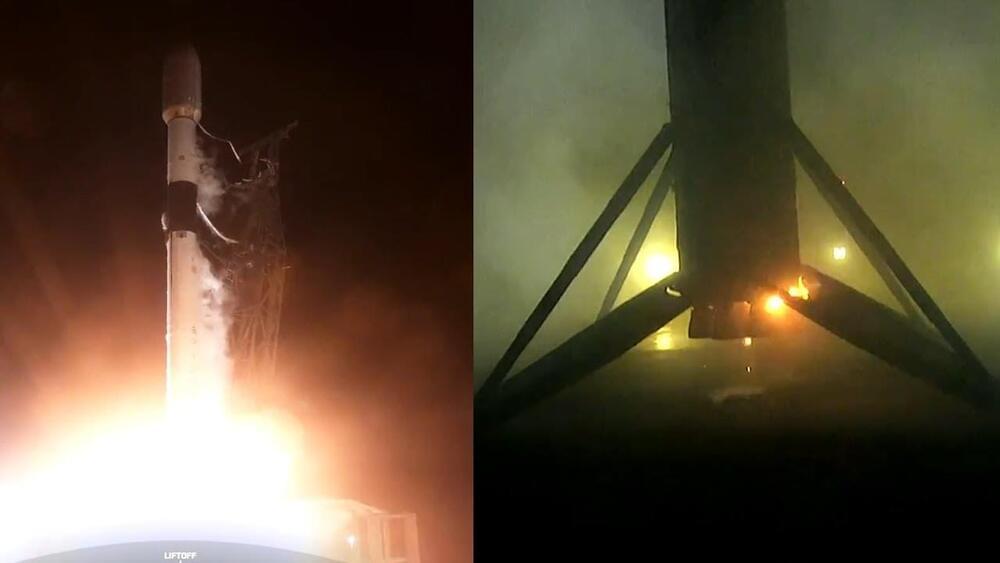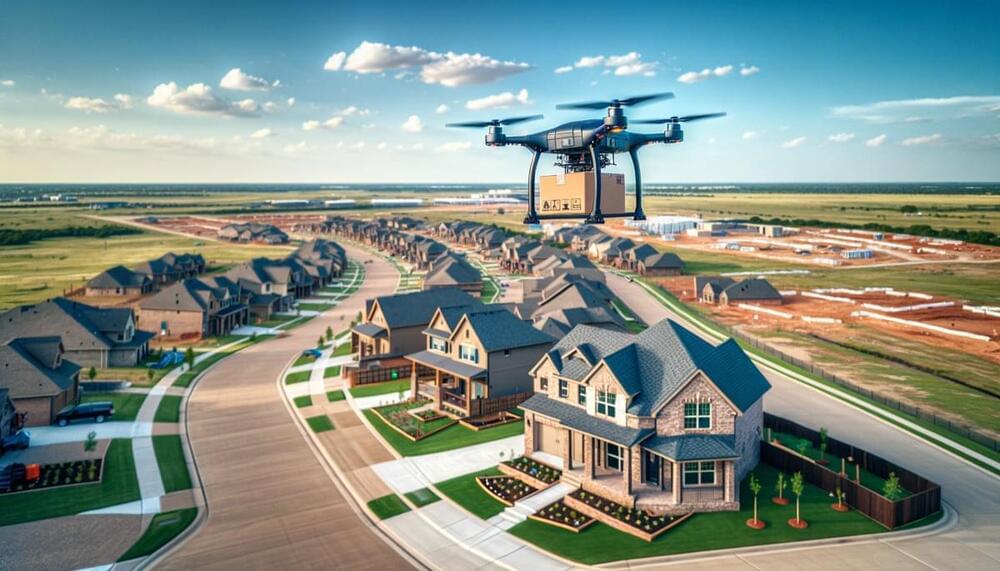Jan 22, 2024
Drone-based bot is already saving birds from crashing into power lines
Posted by Gemechu Taye in categories: drones, robotics/AI
The Mini LineFly strives to improve utility workers’ safety and safeguards wildlife from accidental contact with power lines, reducing the probability of unintended bird collisions.
With the world already witnessing the launch of a myriad of robotic devices since last year, another drone-based robotic system takes to the skies.
This new unmanned robotic system called the Mini LineFly is seemingly the world’s most advanced automated robotic system devised to install bird diverts on overhead power lines, according to a statement by the founding companies.
Continue reading “Drone-based bot is already saving birds from crashing into power lines” »
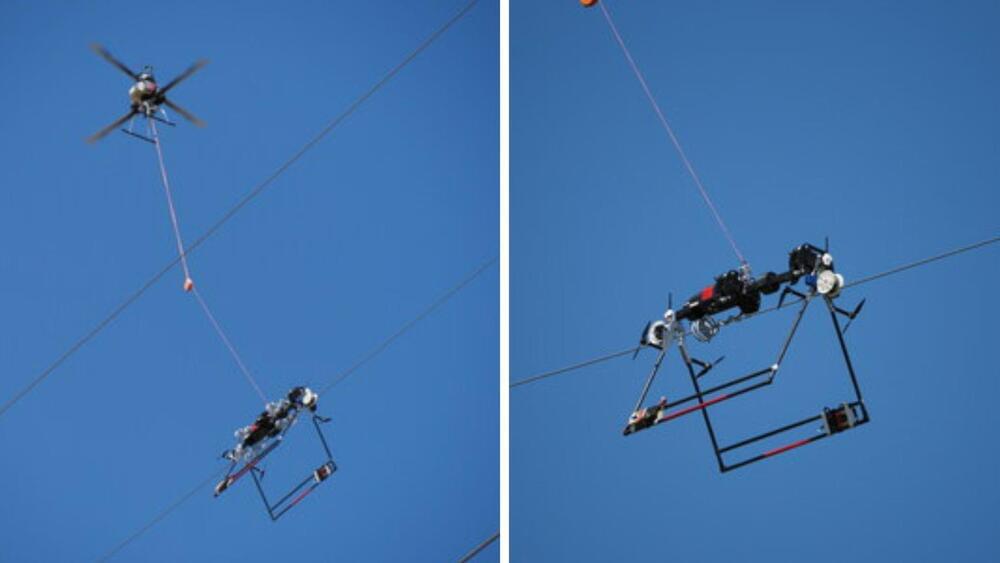
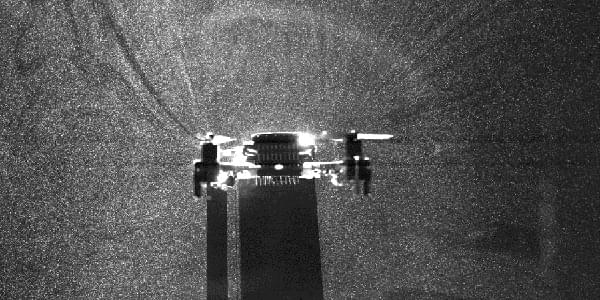
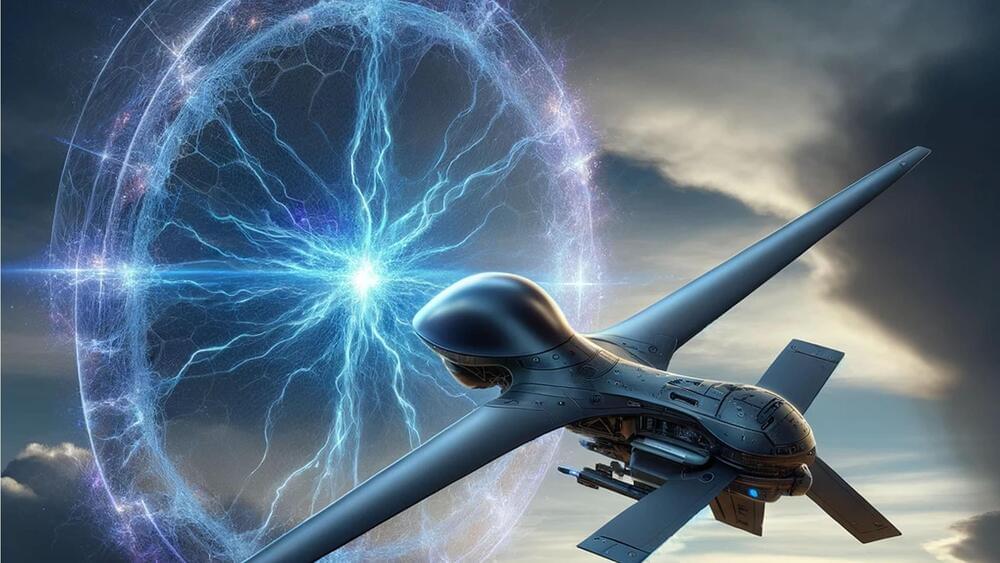
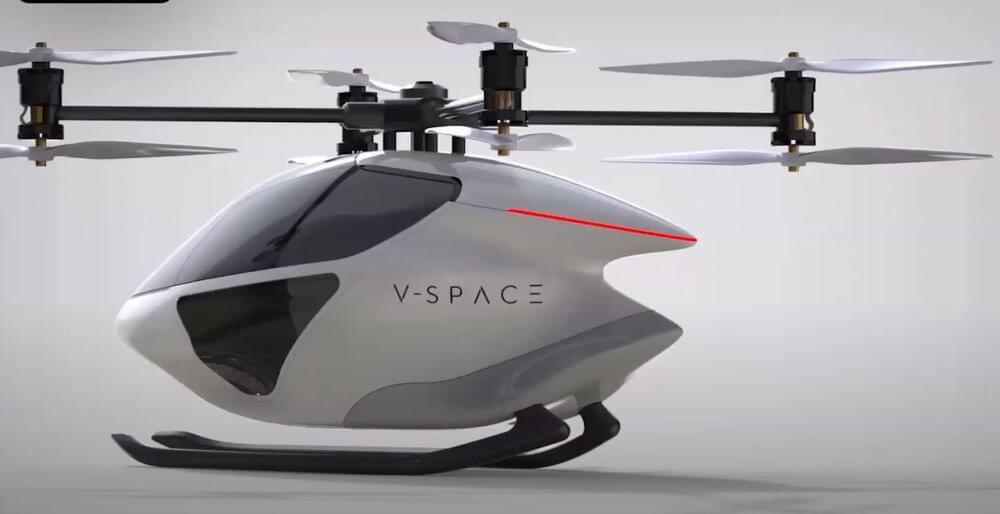


 עברית (Hebrew)
עברית (Hebrew)